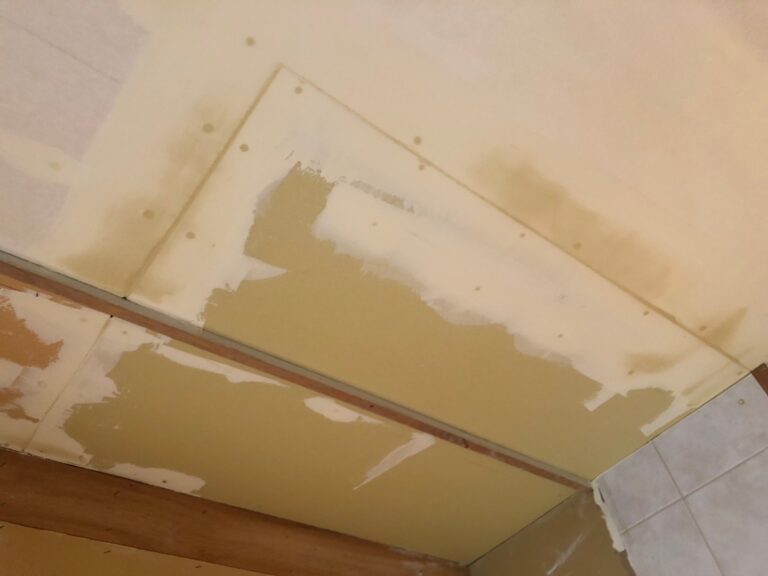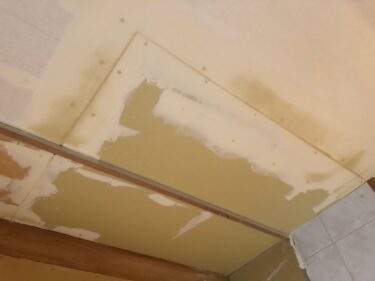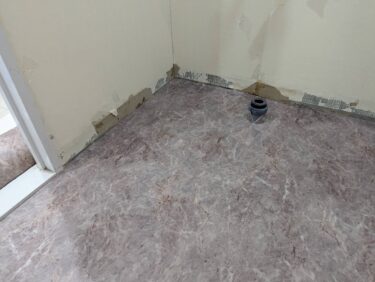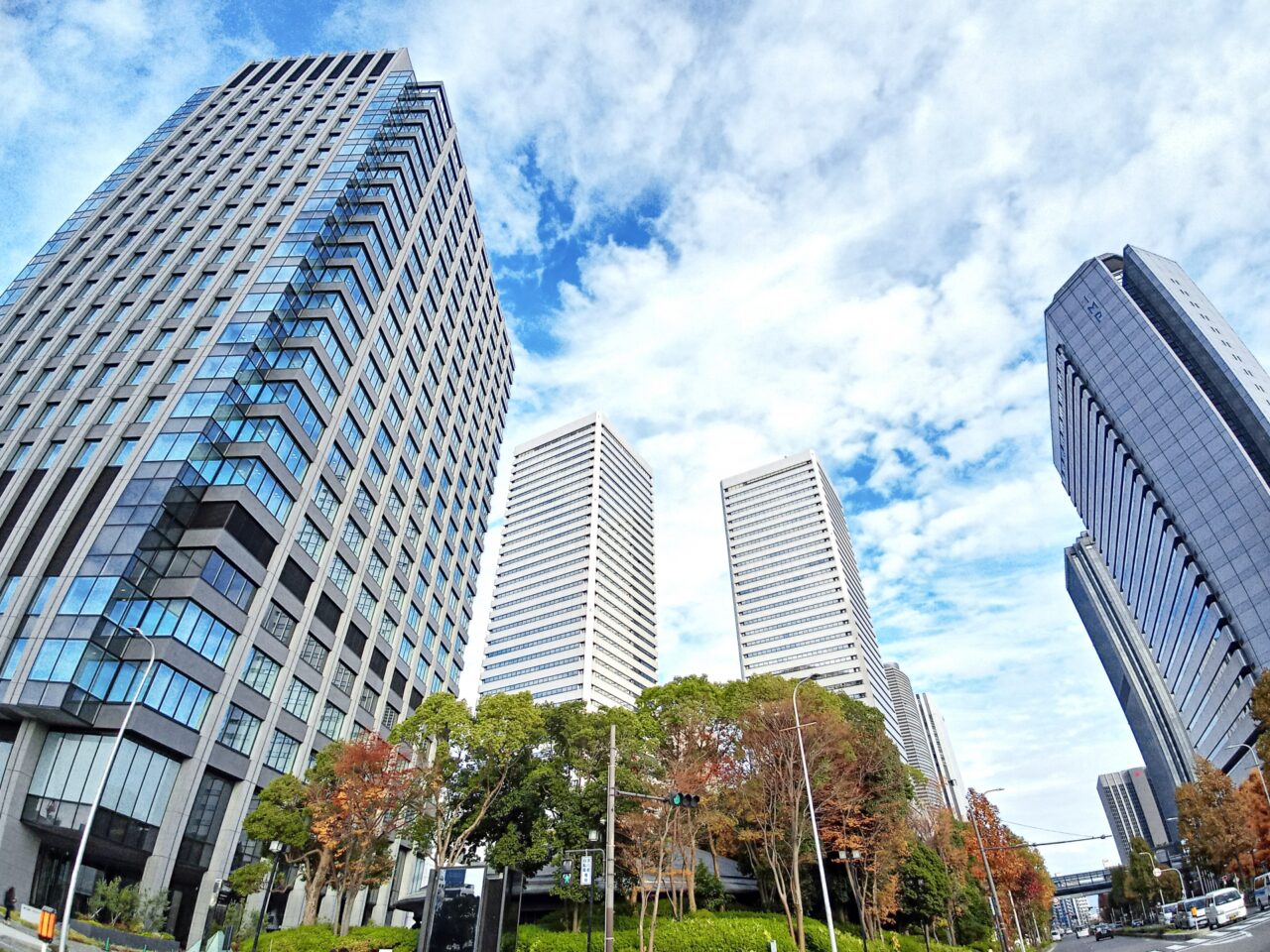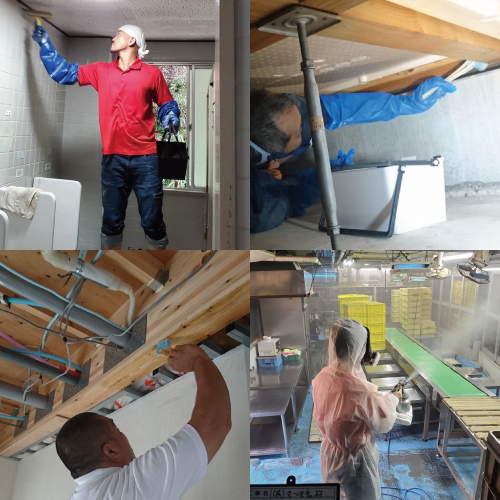People who live in luxury homes tend to overlook the presence of mold, but in fact the health risks are serious. In particular, for elderly people who have low resistance to infectious diseases, invisible mold spores can cause pneumonia and allergies. By reading this article, you will learn the common conditions for mold growth in luxury homes, its effects on health, especially the risks to elderly people, and countermeasures that should be implemented in wealthy homes. By reading this article, you will learn the prevention and countermeasures to prevent health damage caused by mold, maintain a safe and comfortable living environment, and ensure the safety of elderly people and their families.
1. Mold Problems Even in Luxury Homes
Even in luxury homes, mold is not something that can be ignored. These residences often feature airtight and highly insulated structures, which ironically increase the risk of mold. Because the flow of outside air is limited, indoor moisture tends to accumulate, creating the ideal conditions for mold growth. While the interior may appear pristine, mold may be silently spreading behind the scenes.
1-1. Pitfalls of Highly Insulated, Airtight Homes
Modern housing emphasizes energy efficiency, which leads to heavy use of insulation and air-tight sealing. While this minimizes temperature fluctuations, it also traps moisture inside. Activities like cooking, bathing, and drying laundry indoors increase humidity. Over time, condensation forms behind walls and ceilings, creating the perfect breeding ground for mold. Often, by the time it’s detected, the spread is extensive.
1-2. Mold Risks Unique to Luxury Homes
Luxury homes often incorporate aesthetic and functional designs, including basements, large windows, and open spaces. These elements increase the temperature differential with the outside, leading to more condensation. Basements are particularly vulnerable due to their lack of sunlight and poor ventilation. Natural materials such as wood, plaster, and stone, commonly used in high-end construction, are porous and can harbor mold deep within, making detection difficult.
2. Health Risks of Inhaling Mold Spores
Mold in the home is not just an eyesore—it can have serious health consequences. Mold releases spores into the air, which are easily inhaled. For individuals with respiratory issues or allergies, mold exposure can be extremely harmful. Even in luxurious surroundings, these invisible spores can cause chronic health issues.
2-1. Allergic Reactions and Worsening Asthma
Mold spores are microscopic and become airborne, making them easy to inhale. This can cause allergic reactions such as sneezing, runny nose, itchy eyes, and skin irritation. For asthma sufferers, exposure can trigger severe symptoms like coughing and shortness of breath. Elderly residents and young children, who spend more time indoors, are particularly vulnerable.
2-2. Respiratory Diseases Like Pneumonia and Hypersensitivity Pneumonitis
Certain mold types, such as Aspergillus, can cause severe respiratory infections when inhaled, including pulmonary aspergillosis. This condition, common in the elderly and immunocompromised, may become life-threatening if untreated. Repeated mold exposure can also cause hypersensitivity pneumonitis—an allergic lung disease that causes fatigue, shortness of breath, and persistent coughing, and is difficult to fully recover from.
3. Elderly Are Especially Vulnerable
Mold exposure poses a serious threat to the elderly. Aging weakens the immune system, making it harder for the body to fight off infections. Inhaling mold spores can lead to severe symptoms and long-term complications. Creating a clean indoor air environment is essential for maintaining the health of older adults.
3-1. Risk of Pulmonary Fungal Infections in the Immunocompromised
Older adults with lowered immunity are more prone to pulmonary fungal infections. Aspergillus species can form fungal masses in the lungs, progressively damaging the tissue. Since symptoms are mild initially, diagnosis often comes late—when coughing and bloody sputum appear, the condition may already be advanced, requiring hospitalization and antifungal medication.
3-2. Mold-Related Pneumonia in Elderly Care Facilities
Numerous cases of mold-related pneumonia have been reported in elderly care homes. Moisture-prone areas like bathrooms and storage rooms often harbor mold, which can spread via air conditioning systems. This results in airborne spores that are easily inhaled by vulnerable residents. Similar risks exist in private homes with poor ventilation and high humidity.
4. Causes of Mold in Luxury Homes
Luxury homes tend to prioritize design and comfort, sometimes at the cost of proper ventilation. This increases mold risks compared to conventional homes. Specific architectural features, materials, and lack of airflow can all contribute to hidden mold growth.
4-1. Problems with Humidity, Condensation, and Poor Air Circulation
Luxury homes often experience condensation due to their superior insulation. In winter, indoor warm air meets cold surfaces, causing moisture buildup inside walls and windows. If unchecked, this leads to mold hidden in places like behind wallpaper or under flooring. Additionally, large open spaces may have insufficient airflow, causing humidity to linger and feed mold growth.
4-2. Risks in Large Windows, Basements, and Expansive Wall Surfaces
Architectural features like panoramic windows, basements, and wide walls are common in luxury homes. These can trap moisture and make mold detection and removal difficult. Basements, in particular, are dark and damp, creating ideal mold conditions. Regular inspections and humidity control are crucial to prevent mold proliferation.
5. Practical Mold Prevention and Removal Methods
Although mold in luxury homes may seem unavoidable due to their structure, proactive prevention and timely removal can drastically reduce risks. Attention to invisible areas and maintaining air quality are key.
5-1. Regular Ventilation and Humidity Control
Maintaining indoor humidity between 40–60% is essential. Excessive use of humidifiers should be avoided, and dehumidifiers or moisture meters can help maintain balance. After using kitchens or bathrooms, ventilate immediately. Using exhaust fans and opening windows routinely are simple yet highly effective preventive measures.
5-2. Early-Stage Cleaning and Removal Tips
At the first sign of mold, clean the area promptly. Use mold removal sprays and wipe gently—particularly important in homes with delicate materials like wood or stone. Avoid scrubbing, which may damage surfaces. If mold is widespread or hidden, consult a professional to avoid making the problem worse.
6. Protecting Property Value Through Mold Prevention
Mold not only poses health risks but also threatens the value of the property itself. Luxury homes, which use high-end materials and intricate designs, require regular inspections and maintenance to retain their value. Unchecked mold can cause serious structural damage and costly repairs.
6-1. Hidden Mold and the Cost of Neglect
Even if a house appears clean, mold may be hiding behind walls, under floors, or in ceiling voids. Over time, this degrades the materials and can impact the building’s structural integrity. In luxury homes, this damage can significantly decrease property value, especially if it is discovered during a sale. Early intervention is critical to preserving long-term worth.
6-2. Benefits of Regular Inspections and Professional Support
In high-end properties, regular mold inspections by professionals are essential. Specialists use infrared cameras and humidity meters to detect mold invisible to the naked eye. With their expertise, they can also tailor solutions to fit the home’s unique materials and layout, offering customized and effective prevention strategies.
7. Introducing Professional Mold Removal Techniques
DIY methods may fall short when dealing with mold in luxury residences, particularly those with delicate materials. In these cases, professional intervention is necessary. Among the most effective techniques is the MIST method®, known for its thorough yet gentle treatment.
7-1. Principles and Features of the MIST Method®
The MIST method® uses a fine mist of a specialized mold-removal agent that penetrates deep into materials without the need for scrubbing. It dissolves mold at the root level and washes it away. This method is highly adaptable and safe for various sensitive materials like wood, plaster, and textiles, making it ideal for preserving aesthetics and functionality.
7-2. How Specialized Agents Ensure Material Safety
The MIST-exclusive solution is non-toxic and safe for humans and pets, having passed industrial wastewater and safety tests. Despite its strong disinfecting properties, it causes no damage to materials. This makes it especially suitable for luxury properties, cultural heritage buildings, and any environment where both safety and precision are essential.
8. Importance of Ongoing Prevention and Mold Recurrence Control
Even after mold is removed, recurrence is a constant threat. Continuous prevention and monitoring are vital, especially in high-end residences. Comprehensive solutions must target both visible and invisible mold sources to ensure long-term effectiveness.
8-1. Long-Lasting Antifungal Treatments
Post-cleaning, professional antifungal treatments are crucial. These treatments, like those included in the MIST method®, offer both immediate results and long-lasting protection. They prevent mold from taking root again, even in hard-to-reach areas, and contribute to maintaining a healthier indoor environment.
8-2. Importance of Fungal Testing and Follow-Up
Even when a space looks clean, fungal tests can reveal hidden mold. These inspections help detect early signs of regrowth. Regular follow-ups and monitoring ensure long-term effectiveness and peace of mind. Such ongoing care is especially critical in luxury homes, where air quality and structural integrity are vital.
9. Case Studies and Success Stories
Numerous successful cases of mold prevention and remediation exist in luxury homes. Real-world examples offer insight into how various challenges were addressed effectively, and provide practical guidance for others in similar situations.
9-1. Improvements in Elderly Housing
In one luxury condominium occupied by an elderly couple, black mold was discovered behind a living room wall. The structure was prone to humidity buildup. After treatment using the MIST method®, mold did not return. The residents reported improved air quality and reduced respiratory symptoms, significantly enhancing their quality of life.
9-2. Prevention Success in a Luxury Vacation Home
A wooden vacation home developed mold in the basement after being unoccupied for months. The smell was strong and surfaces were heavily affected. After thorough removal and MIST-based treatment, the mold did not reappear for over two years. Air quality testing also showed dramatic improvements. A dehumidifier and ventilation system were added for ongoing prevention.
10. Action Guide for Those Concerned About Mold
If you are experiencing symptoms or concerned about possible mold in your home, knowing what to do can protect your health and property. Especially for households with elderly or immunocompromised members, prompt and informed action is essential.
10-1. When to See a Doctor and What to Communicate
Common mold-related symptoms include persistent cough, nasal issues, itchy eyes, skin irritation, and fatigue. If you experience these, visit an internist, ENT, or pulmonologist. Be sure to mention the presence of mold, how long symptoms have persisted, and whether other household members are affected. This helps the doctor make an accurate diagnosis.
10-2. When to Call a Professional
If you see mold, smell it, or suspect hidden growth, contact a mold removal specialist rather than attempting DIY cleaning. In luxury homes, using inappropriate methods can cause more damage. Professionals have the tools and experience to assess and solve the problem efficiently, and early intervention helps reduce both health risks and repair costs.
Mold Removal and Renovation by “Kabi Busters Osaka” and “Kabi Reform Tokyo/Nagoya”
Luxury homes require solutions that go beyond surface cleaning. At Kabi Busters Osaka and Kabi Reform Tokyo/Nagoya, we offer a one-stop service combining professional mold removal and comprehensive renovations. This integrated approach minimizes hassle and ensures consistent, long-term results.
About Taiko Kensou Co., Ltd. — Leaders in Mold Removal and Renovation
Our company, Taiko Kensou Co., Ltd., specializes in both mold remediation and full-scale renovations. As a comprehensive building maintenance and remodeling firm, we have extensive experience working with luxury homes, hospitals, senior living facilities, and more.
Safe and Effective Mold Removal with the MIST Method®
We utilize the exclusive MIST method®, a patented system that removes mold without damaging sensitive materials like wood, plaster, or cloth. The fine mist penetrates deeply and eliminates mold at the root, while the eco-friendly agents used are safe for children, elderly individuals, and pets.
After removal, we apply antifungal treatments that prevent recurrence by treating airborne spores and surfaces. Our process ensures both immediate cleanliness and long-term prevention.
Renovation Services Backed by Experience and Expertise
Our renovation division provides custom solutions for interiors and exteriors, including kitchens, bathrooms, flooring, wallpaper, and structural modifications. Especially when mold has caused damage, our team can not only repair but also redesign to prevent future problems—selecting mold-resistant materials and improving ventilation systems as needed.
Your One-Stop Solution for a Safe, Healthy, and Beautiful Home
If you’re experiencing unpleasant odors, air quality concerns, or want to ensure a safe environment for elderly family members, our integrated mold removal and remodeling services are ideal. Whether you live in the Kansai area or the Tokyo-Nagoya region, Kabi Busters Osaka and Kabi Reform Tokyo/Nagoya, operated by Taiko Kensou Co., Ltd., are here to help.
We protect both your family’s health and your home’s long-term value with expert support and precision services. Contact us today for a free inspection and estimate.

